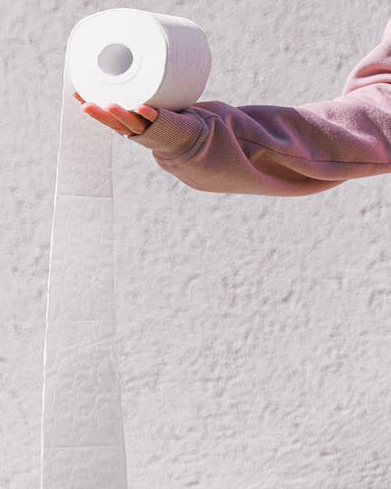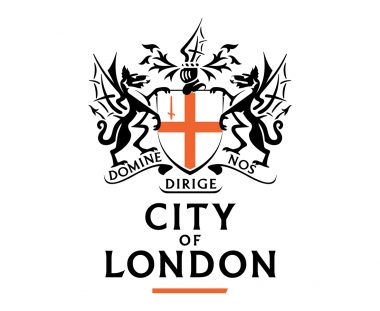What is one of the most important things to know when going out for a day or evening? Where ‘the great British toilet/WC/loo’ can be found!
No matter if you have a disability or not, whether your visit is to the cinema, theatre, or out for a meal – after all those liquid refreshments, we all need the toilet from time to time.
Sometimes, you are out all day for a trip or just visiting for an appointment somewhere, but your eyes are always peeled for this public convenience. That being said, sometimes there is a long queue, so it is not always such a ‘convenience’ as first thought.
Differing Toilet Facility Setups Causing Accessibility Challenges
In the UK, there is normally a disabled toilet in most places, but here are some of my thoughts for you about how accessible they actually are.
All toilets are located in different sized and shaped rooms. This can’t be helped as the design of the building will depend on this area. However, there are a lot of strange differences between some disabled toilets.
My first point is what made me think of writing this blog. As a blind person, my way of finding where I need to go when in the toilet is to go clockwise around the room until I find the important point of call. Then the fun starts…
Where is the flush? It could be:
- Behind the lid.
- On the side of the cistern.
- On top of the cistern.
- Higher up on the wall.
- A cord next to the system, alongside the emergency cord – which could end in embarrassment.
Some of the flushes have been quite high on the cistern, which has left me wondering if it could be reached and flushed by a wheelchair user?
The actual shape of the room can’t be changed; however, the design or layout can very often be improved.
How I Think a Standard Disabled Toilet Arrangement Should Be
Here at the Disabled Action Centre, the disabled toilet is set out as I think all disabled toilets should be:
- The toilet is about two steps away from the sink or a swivel for a wheelchair.
- The soap is supplied from a dispenser, either on the wall or on the sink.
- Directly next to the sink is the hand dryer.
In my head, all people will want direct access to the sink and then the dryer.
The other day, it took me ages to find out where to dry my hands. In the end, I had to poke my head out and ask my wife for directions.
At my church, the paper towels are about eight feet behind the person when they are at the sink, on the opposite wall.
This is my logical mind coming out. Shouldn’t the sink be as close as possible to any toilet? As you have just ‘been’ and want to wash your hands as soon as possible, shouldn’t the drying method be close to the other side of the sink? Otherwise, you are dripping water all over the floor, going to the dryer. Especially for me, going around the toilet room looking for the dryer with my wet hands. I also don’t even know what drying method I am looking for – a dryer, towel, or paper towel.
The Problem With Automatic Handwashing Facilities For The Visually Impaired
I have been to one disabled toilet which had all of the above in place, but the facilities were automatic.
- Your hand goes under the soap dispenser.
- Some soap is dispensed.
- Following to the left, there was the tap which also started when the hands went underneath.
- The last part of the journey of cleanliness – the dryer was directly next to the sink, which prevented any water going on the floor. Again, this was activated as soon as the hands were put under it.
For someone who is blind, this method is a nightmare, although probably good for most other disabilities. Can you think of the reason why?
Go back to the beginning of the blog and note that to find any facilities within the toilet, I have to navigate around the walls as I turn clockwise. So, what will happen on my journey to the first part? Yes, I will trace my hand around the walls and get soap, water and hot air before they need washing, lol. It did make me jump the first time this happened, but now I am very careful.
Futuristic Non-User Friendly Disabled Toilets On Train Journeys
The next story in my blog is about travelling by train. The disabled toilets at the time had just been upgraded for trains, and they looked like a space pod.
My first problem here was finding the door handle. I spent some time trying to get in before someone said “there is a button to press.” So, I got into the space pod and shut the door behind me. After doing what I had to do, it was time to get out, which was easier said than done. After some time, I found three buttons on the opposite side of the door, so this gave me a three-in-one chance of actually opening the door. I chose the third one. This button called the driver of the train, which was to be used in an emergency. Trust me to pick that one! He told me to press the button below and I was out of there very quickly.
I do have to say, these three buttons did have braille on them, but I don’t read braille, anyway, and if I did, I would have to still find the buttons.
The only problem then was that after a while, and a couple of people using the toilet after me, there was an announcement from the driver to the guard, telling them to turn off the microphone within the toilet. The presumption I came to was that the driver could hear everything after I had pressed that button.
Why Shared Toilet Facilities Can Cause Issues For Those With Disabilities
A frustration of mine is when there is a disabled toilet within the main toilets.
The cubical is large enough for a wheelchair user to turn in, but to get to the cubical, they have to navigate past people using the sinks, as well as people waiting to use the other toilets.
For a blind person, I have to try to find my way through the same sort of crowd as the wheelchair user. Although I have more room to get past some people, I don’t know what direction I am heading in or who I am pushing past to get to the place that I do not know where I am going, lol.
Some people will assist, but will not wait around to help me find the sink and the dryer, or the important step of getting out of the room. Not that I expect that strangers should wait around for me.
A guide dog for me is a great help getting out of the toilet, but he does not know where I want to go on the way in.
The reason I prefer to use a disabled toilet is if I have my guide dog with me, the extra space helps me with him. In addition, I will not bump into people while following the wall of the main toilets, or push past people washing their hands…or, more importantly, for us men, pushing anyone into the urinals. Lol. It is much safer and easier to use a single disabled toilet.
My Conclusion About Accessible Disabled Toilets
These are just a few observations of my experience of ‘having to go’ when out on a trip.
All-in-all, I don’t think everything has been thought through with disabled toilets. Though, people with a disability would find this essential need, much more difficult or even impossible, without disabled toilets being provided by entertainment establishments, out in public, or at social events.







